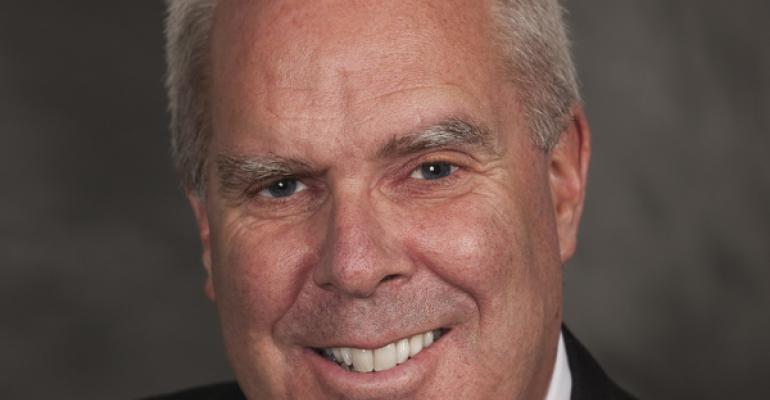DETROIT – General Motors would entertain accelerating the pace of U.S. fuel-economy improvement if the industry makes a big technological advancement in the coming years, says Michael Robinson, vice president-sustainability and global regulatory affairs.
“If there are breakthroughs in technology that exceed what the assumptions are, it works both ways,” Robinson tells WardsAuto after testifying here before the National Highway Traffic Safety Admin. and Environmental Protection Agency on the rules.
Robinson’s remarks represent a departure for the industry, which historically has challenged the acceleration of stricter fuel-economy and emissions standards.
“It’s not a one-way street, but let’s be guided by the science and what the data tells us,” he says. “We’re signed up for that.”
Robinson also reiterates the importance of a midterm review of the efficacy of the new proposed rules as the industry marches toward 54.5 mpg (4.3 L/100 km) by 2025.
He pushes for a series of smaller technical and detail-focused “check-ins” ahead of the midterm assessment the industry and regulators agreed on while negotiating the 2017-2025 standards.
“There will be a formal midterm review of the rules as planned; at minimum that’s five years from now and it’s probably longer than that,” he says. “In our world, things change a lot in five or six years.”
The industry’s greatest concern is uncertainty. Consumers, for example, might refuse to pay extra for the technology required to meet the new rules, or fuel prices could stay relatively low and give those car buyers little motivation to save fuel.
Another global economic crisis could unfold, too, Robinson warns.
The regulations assume consumer acceptance, higher gas prices and a stable economy.
“There are a lot of basic assumptions in the rules,” he says, adding they should be reviewed more frequently.
GM has concerns over treatment of “upstream” electricity emissions, he tells NHTSA and the EPA, which together with the State of California crafted the proposed fuel-economy regulations.
GM thinks language in the rule suggests the industry at some point could be responsible for those emissions. “Our task is difficult enough,” Robinson tells the regulators.
The hearing in Detroit allows anyone with a stake in the proposed rules to comment on their enactment, which will likely occur later this year. Hearings also will be held in the coming weeks in Philadelphia and San Francisco. The public comment period ends Feb. 13.
The industry generally supports the 54.5 mpg bogey, which will cost billions of research dollars to meet. The United Auto Workers union also likes the rules, thinking they will create some 4,000 engineering and production jobs in America.
The industry agreed to the 2017-2025 standards last year. Auto makers currently are stepping toward a standard of 35.5 mpg (6.6 L/100 km) by 2016, to which they agreed in 2009.





